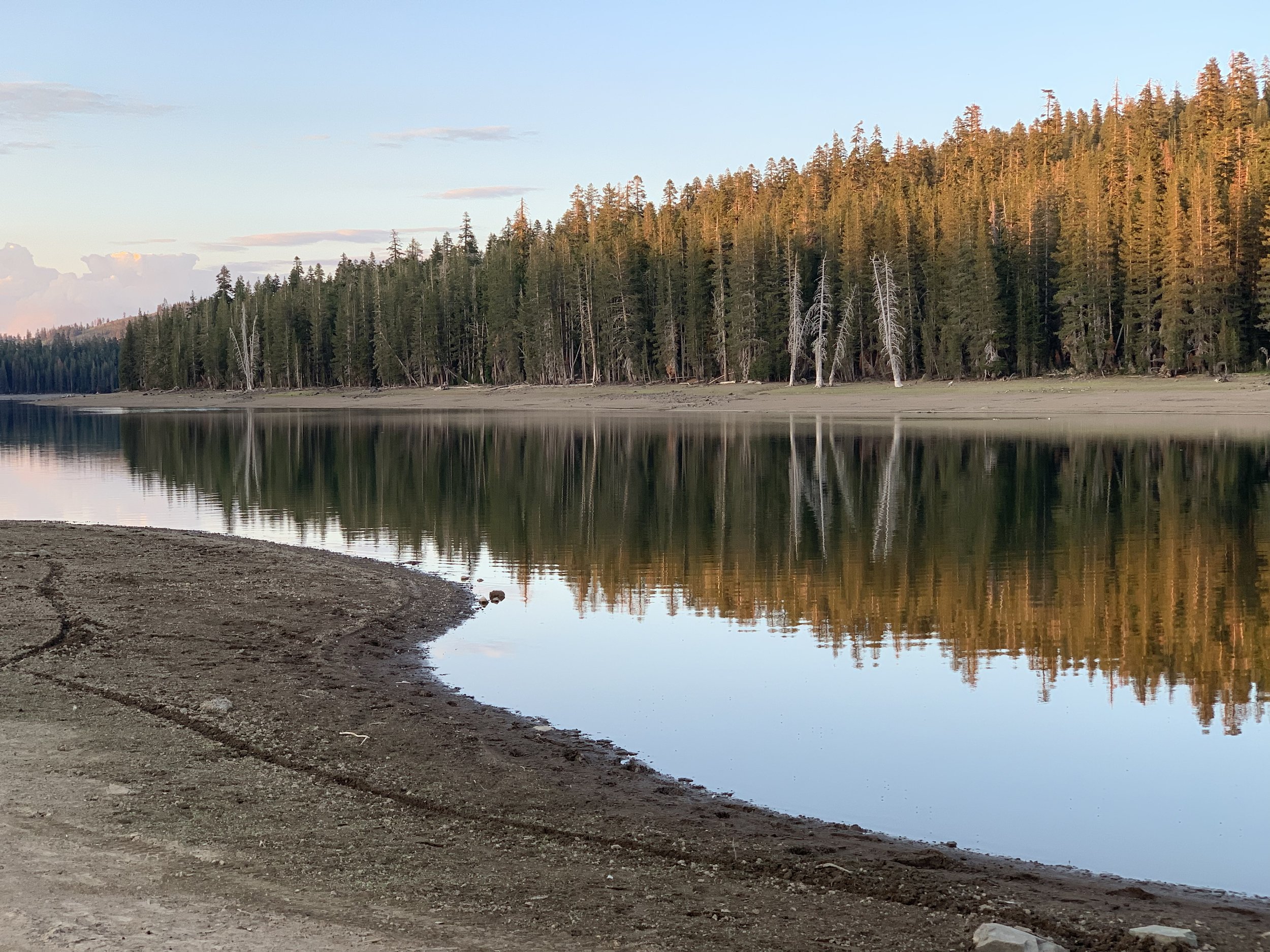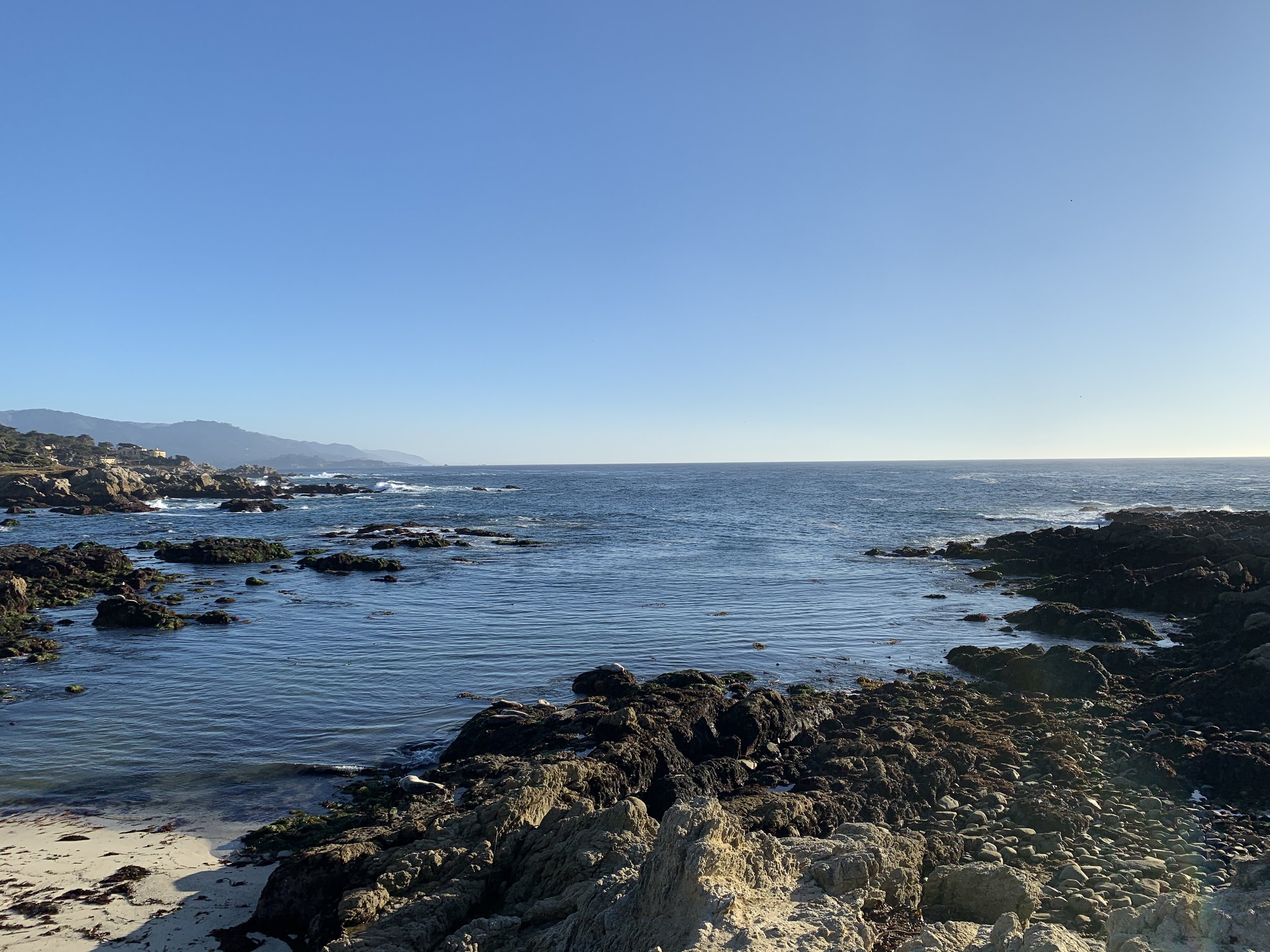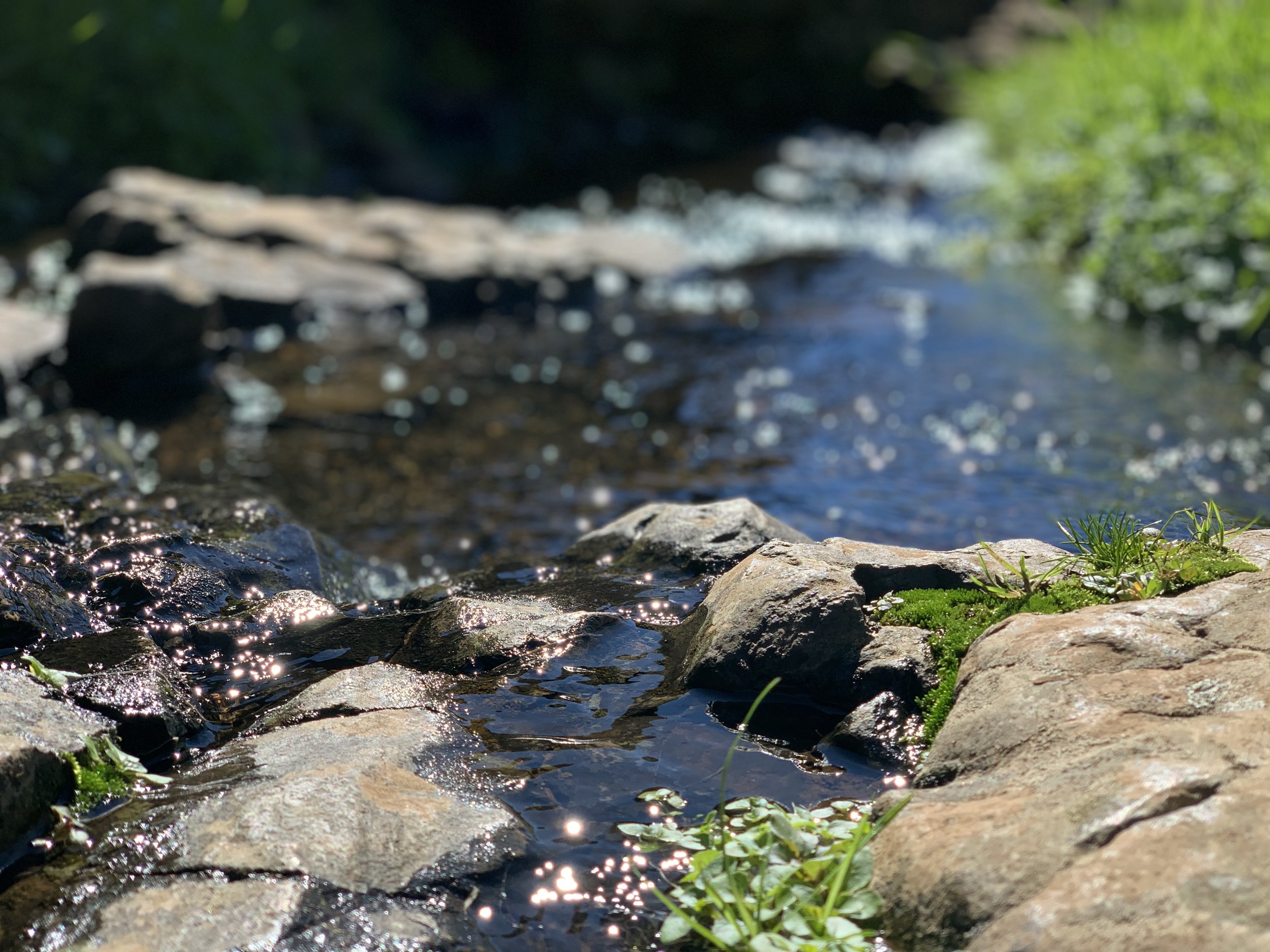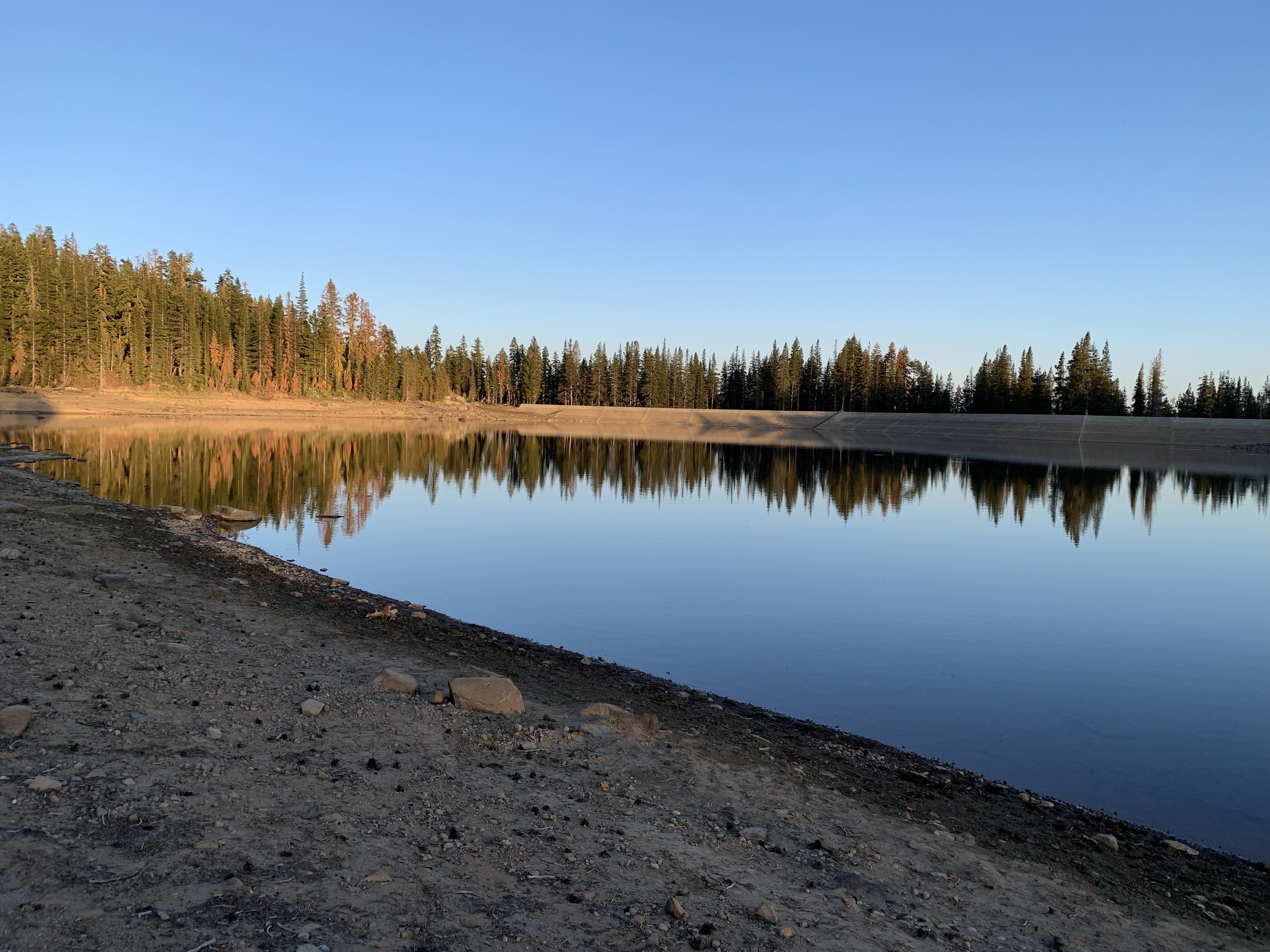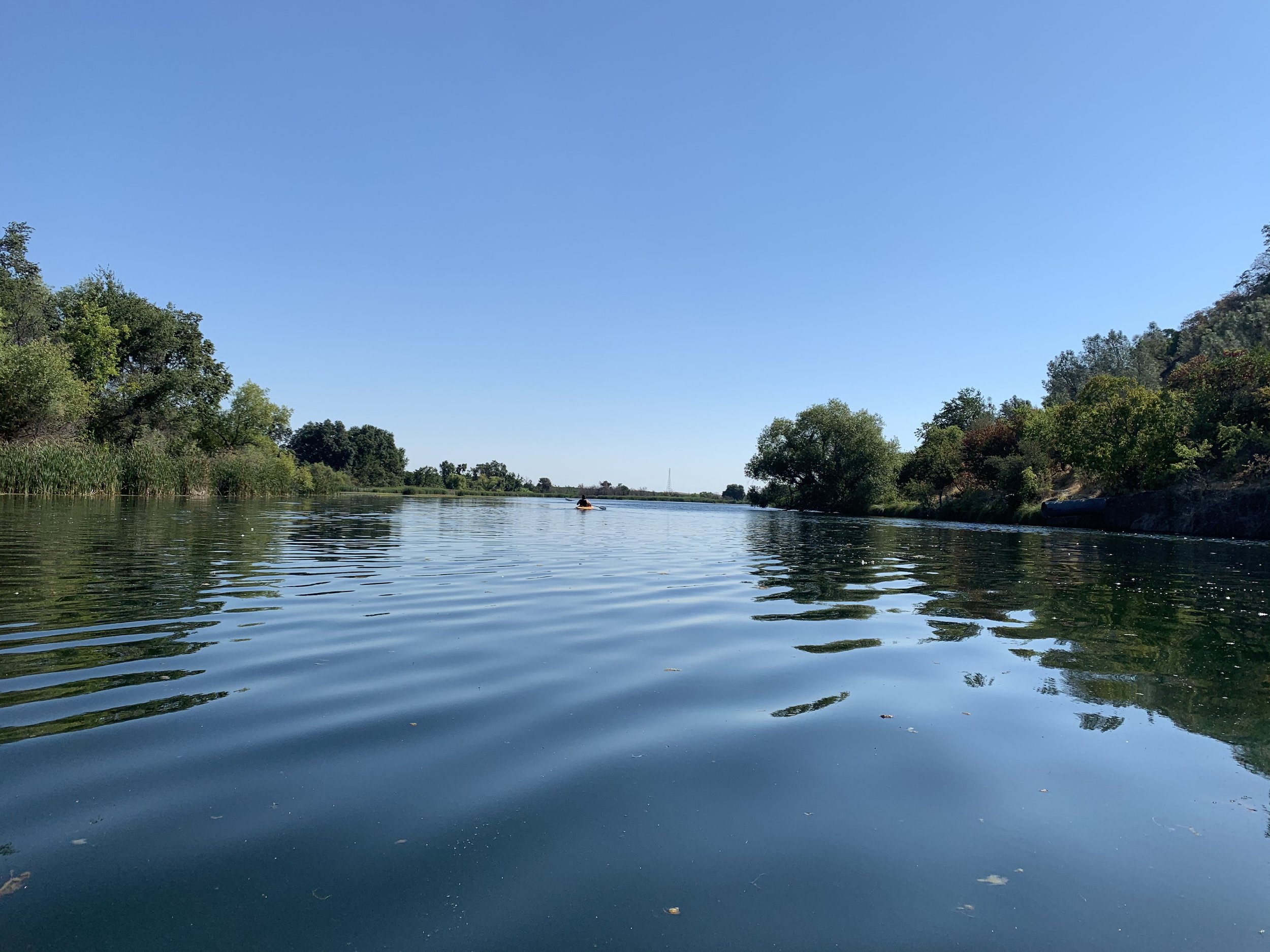Water Conservation and Your Impact
Written by Emily Ferreira, QSP | Edited by Desire` Dominique and Mae Shulman
San Francisco Bay
“With California still experiencing devastating drought and the uncertainty around this rainy season, we need to make tough decisions that will ensure that our water source continues to be reliable and dependable for the future,” said Mayor of San Francisco London N. Breed.
What is the problem?
With the recurrent drought in California, water shortages are becoming more prevalent each year. Our water usage plays a large role in how these shortages impact our state. Agriculture is the main source of water usage in California as it is home to over 400 commodities. Over a third of the country's vegetables and two-thirds of the country's fruits and nuts are grown throughout its vast farmland.
As of January 2022, our water usage was up 2.6 percent compared to January of 2020, despite calls to reduce consumption during our punishing drought, according to state data. These disappointing numbers demonstrate a significant change from the end of 2021 as the state had reduced its water consumption by more than 15 percent in December. This exceeded Governor Gavin Newsom’s conservation target, as October and November had significant cutbacks as well. The backslide in the most recent months of 2022 stem from the midst of a brutal drought that has depleted our reservoirs and snowpacks. Governor Newsom has asked for a voluntary reduction of water usage by over 15 percent.
Atmospheric Storm
During late October and December of 2021, Californians were slammed with an atmospheric storm which allowed for drastic water savings as people turned off their sprinklers and outdoor watering systems.
As we entered 2022, however, January and February were the driest two-month start to the year in California history according to state officials.
In response to the need for more water to keep up with urban yard usage, the state instated $500 fines for individuals who watered their lawns following rain events or who allowed runoff into the street.
Water usage increased by nearly 30 percent in January compared with the same month in 2020 in warmer, more inland parts of the state. As a result, the state’s cumulative savings since July were brought to a mere 6.4 percent, which is almost 10 percent less than Newsom called for. “We’ve suffered quite the climate and weather whiplash here,” Joaquin Esquivel, chair of the State Water Resources Control Board, said during a recent meeting in which the data was released. “Outdoor irrigation is such a huge component of water use that it really reflects here some real challenges we’re going to have given these dry conditions.”
State officials announced last week that California’s urban water users and farmers will get just 5 percent of what they’ve requested from state water supplies which put them down from the 15 percent allocation state officials announced earlier in the year. These cutbacks are affecting Californians all over the state.
What are officials doing in response to the problem?
Governor Newsom proclaimed a drought state of emergency for all counties in California which urges Californians to step up their water conservation efforts. In an attempt to do so, the State Water Board found that an emergency existed due to severe drought conditions and that adoption of emergency regulations was necessary.
The immediate action of all Californians was needed to take sufficient action to conserve water and preserve the State’s water supply and on January 4, 2022, the State Water Board adopted an emergency regulation. The emergency regulation became effective January 18, 2022, and will remain in effect for one year from the effective date, unless the State Water Board acts to end, modify, or readopt it.
Gavin Newsom’s executive order includes several other provisions that will protect all water users:
Ensuring Vulnerable Communities Have Drinking Water
Cuts red tape so communities that need access to emergency hauled or bottled water can get it immediately
Safeguarding Groundwater Supplies
Requires local permitting authorities to coordinate with Groundwater Sustainability Agencies to ensure new proposed wells do not compromise existing wells or infrastructure
Protecting Vulnerable Fish And Wildlife
Expedites state agency approvals for necessary actions to protect fish and wildlife where drought conditions threaten their health and survival
Preventing Illegal Water Diversions
Directs the Water Board to expand site inspections in order to determine whether illegal diversions are occurring
Water Board Emergency Regulation Requirements:
Turn off decorative water fountains
Turn off/pause your irrigation system when it's raining and for two days after the rain
Commercial, industrial, and institutional decorative grass should not be watered
Use an automatic shutoff nozzle on your water hose
Use a broom, not water, to clean sidewalks and driveways
Give trees just what they need, avoid overwatering
What is the California Comeback Plan?
On March 28th, the Governor introduced the California Comeback Plan which invests $5.2 billion over three years to support the immediate drought response and build water resilience. These funds will help secure and expand water supplies and bolster drought contingency planning, and multi-benefit land repurposing projects. This investment is also intended to support drinking water and wastewater infrastructure (with a focus on small and disadvantaged communities), and advance Sustainable Groundwater Management Act implementation to improve water supply security and quality. Finally, the California Comeback Plan will support wildlife and habitat restoration efforts, among other nature-based solutions.
Governor Newsom also added an additional $22.5 million to the state’s drought response. Of this funding, $8.25 million will be used to increase educational and outreach efforts through the Save Our Water campaign, which provides Californians with water-saving tips via social media and other digital advertising. The California Blueprint proposal includes $750 million in additional drought funding, $250 million of which was set aside as a drought reserve to be allocated in the spring, based on conditions and need.
What are the San Francisco 49ers doing to conserve water?
The San Francisco 49ers have teamed up with Save Our Water to promote water conservation. The 49ers created water-conscious signage around all restrooms and water fountains and published a water conservation information webpage to raise awareness.
The 49ers know how to save water as they currently save 85 percent of all water used in Levi’s® Stadium which is supplied through the City of Santa Clara’s recycled water system, making the stadium the first professional sports venue in California to utilize a drought-proof water source.
Ways You Can Conserve
The most efficient strategy is to water our yards less. 80 percent of residential water usage goes to the outdoors in California.
Other ways to reduce your indirect water footprint comes from the foods you purchase. Thinking about how much water is embedded in the products that you purchase can significantly impact water usage.
In order to help reduce water consumption in the stadium, the use of recycled water and the installation of water-efficient fixtures have decreased water consumption by 44 percent. As California experiences severe drought due to a changing climate, going on offense to save water this football season is key to making this resource last for our children, grandchildren, and future generations.
The 49ers and Save Our Water are encouraging everyday habit changes and practices to help conserve water. Additional efforts from star wide-receiver Deebo Samuel have encouraged California residents to go the extra yard for water conservation.
More information on the state’s response to the drought and informational resources are available to the public online.
Follow us!


